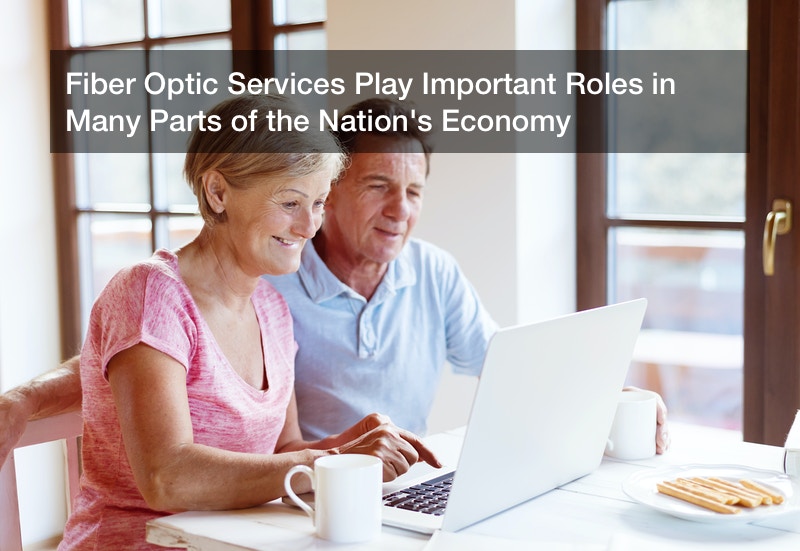Disclaimer: 4 Star Digital. This site provides business content for informational purposes only.
When most of us think about connectivity services we likely migrate toward the dependence we have on streaming our favorite shows and music. And when most of us think about fiber optic networks we do the same. Streaming allows us to watch our favorite shows, such as Go Iguanas. Behind the entertainment factor, however, the fiber optic networks that a telecommunications company provides is more consequential than watching the latest episode of our favorite show. In fact, the optical fiber cable network that is in most parts of the country enables everything from banking, health care, and education to happen. We all rely on at least some form of online banking to pay our bills, we all depend on doctors and nurses being able to access our digital health history, and we all want our children to be able to have the best experience possible at school.
From the youngest students in third grade who were each given a tablet when they returned for the new semester in 2020 to the grandparent who has a hear attack while she is across the country visiting her family, there are many times in our day when we rely on staying connected.
Data Connectivity and Capacity Play Significant Roles in the Economy of Our Nation
Even when people joke or threaten about going off the grid, most of us realize that we live in a time when we are so dependent on the fiber optic networks that surround us that completely disconnecting is virtually impossible. Even if you are not someone who has a home device that you can give commands to from across the room, you likely have at least some part of your day that is dependent on technology and being connected. From the use of GPS devices while we are driving to the fact that you can check to see if your garage door at home is open while you are work, the majority of Americans tap into some kind of connected technology. And while it might be refreshing to select to take our own breaks from the phones, laptops, and tablets that connect us, it is more than frustrating when the connections we rely on are not working.
Secure capacity connectivity is an important part of the economy of this country. From bank transfers any time a payment happens to the online applications for credit cards and loans, we may not be a cashless society yet, but we definitely rely on card swipes more frequently than not. As a result, it should come as no surprise that over the past five years, the fiber optic cable manufacturing industry has grown by as much as 11.8%. At tera bits a second, the fastest speed ever recorded on a single fiber line is a 43 Tbps. In fact, a single optical fiber can carry over 3 million full-duplex voice calls or 90,000 TV channels. Understanding how all of these fiber optic networks operate, of course, is what entire industries focus on. Knowing that these nearly invisible cables are what we depend on for nearly every part of our lives can even, at times, be a little frightening. When conversations about data breaches and reports about online outages are on the news, in fact, many of us wonder just how vulnerable we really are.
Is it an wonder that in this day and age our children are often accused of being more connected to their devices than they are their friends. Knowing that they can play games online, chat with large groups at once, and like their way into any social media situation can be frightening to parents and teachers, but children are really only doing what they see so many of the adults in their lives do. Stay connected.
Obviously, reliable connections are always gong to be important. In the past the connections we relied on were face to face and personal ones. Today, however, the connections that determine the success of our lives are a combination of in person experiences and online interactions. Our social lives, our economic lives, and our futures are all dependent on the connectivity that we have, and mush of that connectivity starts with fiber optic cables.
